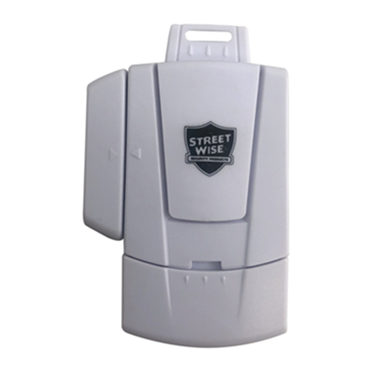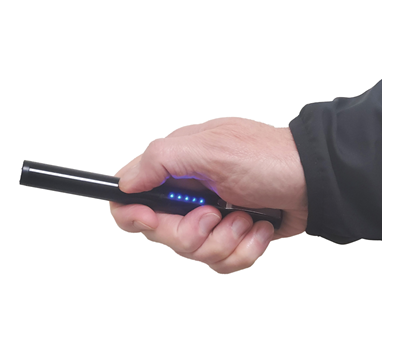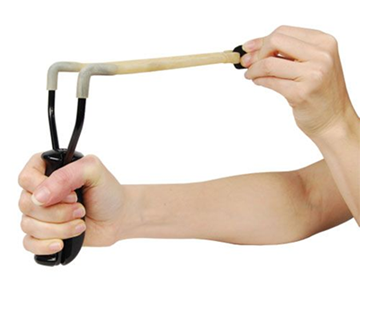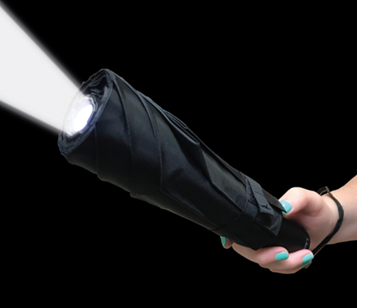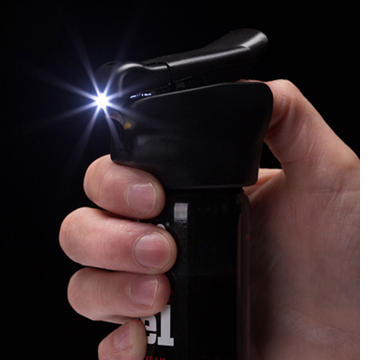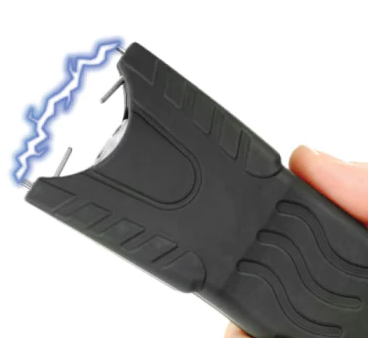When is it Appropriate to Use a TASER Against an Assialant?
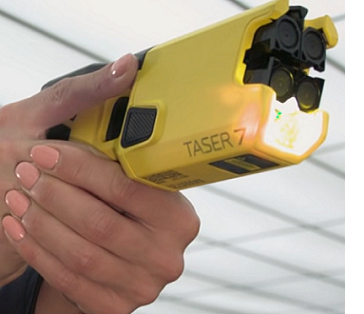 In situations where self-defense is necessary, a Taser may be a viable option for consumers. It is important to understand the appropriate use and potential risks associated with using a Taser before considering it as a self-defense tool.
In situations where self-defense is necessary, a Taser may be a viable option for consumers. It is important to understand the appropriate use and potential risks associated with using a Taser before considering it as a self-defense tool.
First and foremost, a Taser should only be used in situations where there is a threat of imminent harm or danger to oneself or others. It is not a tool for settling disputes or engaging in physical altercations.
Additionally, using a Taser should be a last resort after other self-defense options have been exhausted. This includes verbal de-escalation, attempting to leave the situation, and using other non-lethal self-defense tools such as pepper spray or a personal alarm.
When considering the use of a Taser, it is important to assess the potential risks and limitations of the tool. Tasers have been known to cause injury or death in some cases, particularly in individuals with pre-existing medical conditions such as heart problems.
It is also important to consider the potential legal ramifications of using a Taser. In some jurisdictions, the use of a Taser may be illegal or may only be permitted in certain circumstances. It is important to be aware of these laws and regulations before using a Taser.
If the decision is made to use a Taser in self-defense, it is important to aim for the torso area and avoid targeting the head, neck, or groin. Additionally, it is important to follow the manufacturer's instructions for use and practice proper Taser safety techniques.
Overall, the use of a Taser by consumers should only be considered in situations where there is a threat of imminent harm or danger and other self-defense options have been exhausted. Consumers should also be aware of the potential risks and legal ramifications associated with using a Taser and practice proper safety techniques if the decision is made to use one.
How many times can a person be tased?
The number of times a person can be tased varies depending on various factors such as the health status of the individual, the duration of the tasing, and the level of electrical charge delivered.
Most law enforcement agencies instruct their officers to use a Taser no more than three times in succession and to wait for 10-15 seconds between each use to give the individual a chance to comply. Additionally, many law enforcement agencies have policies that limit the total number of times a person can be tased during a single incident. This is to avoid causing excessive harm or potential injury to the individual being tased.
However, it's important to note that even one tasing can cause serious health risks and potential injuries. Tasing can lead to respiratory failure, cardiac arrest, and even death, particularly in individuals with pre-existing medical conditions. Therefore, the use of a Taser should only be used as a last resort when all other options have been exhausted.
It's also worth noting that tasing can cause mental trauma to the person being tased. Even if there are no physical injuries, the experience of being tased can be traumatizing and may have long-lasting effects on the person's mental health.
Should you drop Taser and run during tasing an assailant?
The decision of whether to drop a Taser and run after firing depends on the situation and the individual's personal safety. In general, it is recommended to move away from the threat after firing a Taser, but dropping the device may not always be necessary.
When using a Taser, the goal is to incapacitate the threat and create distance between oneself and the aggressor. Once the taser has been deployed and has effectively stopped the threat, the user should move away to a safe distance while keeping an eye on the attacker. This can prevent further harm to oneself and allow time to call for assistance or escape the situation.
If the situation allows for it, the user can retrieve the taser after moving to a safe distance. However, if the attacker is still a threat or if it is unsafe to retrieve the Taser, it may be better to leave it behind and prioritize personal safety.
It's important to note that a Taser is not a foolproof tool and may not always stop an attacker. In such cases, it's important to have a backup plan and know how to defend oneself. Additionally, it's important to be aware of local laws and regulations regarding the use of Tasers, as well as any training or licensing requirements.
Are Tasers effective in stopping an assailant?
Tasers have been designed to be an effective tool for law enforcement and individuals to protect themselves from attackers or to subdue a person who poses a danger to others. When used correctly, Tasers can be highly effective at temporarily incapacitating an assailant, giving law enforcement or individuals the time they need to de-escalate the situation, apprehend the attacker, or seek help.
Tasers work by firing two small darts that attach to an attacker's clothing or skin, sending an electric shock through the body. This shock causes the muscles to contract, temporarily incapacitating the attacker and making it difficult for them to move or attack. Tasers can be used from a safe distance, which allows individuals to protect themselves from an attacker without having to engage in physical contact with them. This is especially important in situations where the attacker is larger or stronger than the victim.
While Tasers can be effective at stopping an assailant, it's important to remember that they are not a guaranteed solution to all situations. Tasers may be less effective against individuals who are under the influence of drugs or alcohol or those who have certain medical conditions that make them less susceptible to electric shock. Additionally, Tasers may not be effective against individuals wearing thick clothing or those who are standing in water.
It's also important to note that Tasers are not designed to be lethal weapons. The electric shock delivered by a Taser is not intended to cause serious harm or death, but rather to temporarily incapacitate an attacker. However, tasers can still be dangerous if used improperly or in the wrong situation. In some cases, individuals who have been tased have experienced injuries such as burns or broken bones as a result of falling or convulsing after being shocked.
Furthermore, tasers should only be used as a last resort in situations where all other options have been exhausted. It's always best to try and de-escalate a situation or seek help from law enforcement or other professionals before resorting to using a Taser. Using a Taser should only be done in self-defense or in defense of others, and only when it is reasonable to believe that the attacker poses an immediate threat.
See the cost of TASERS

